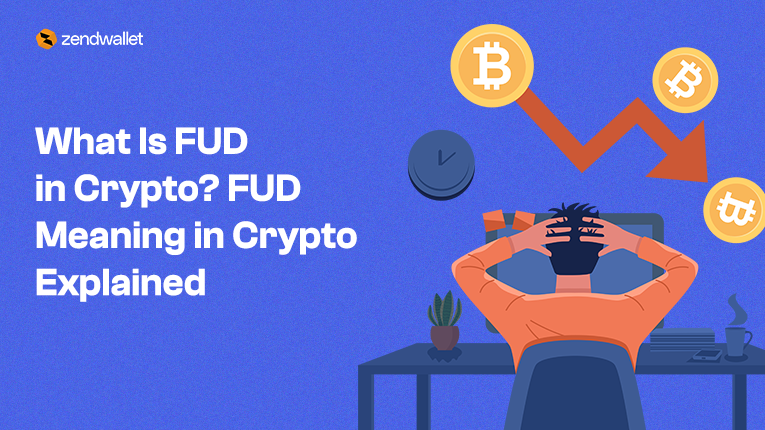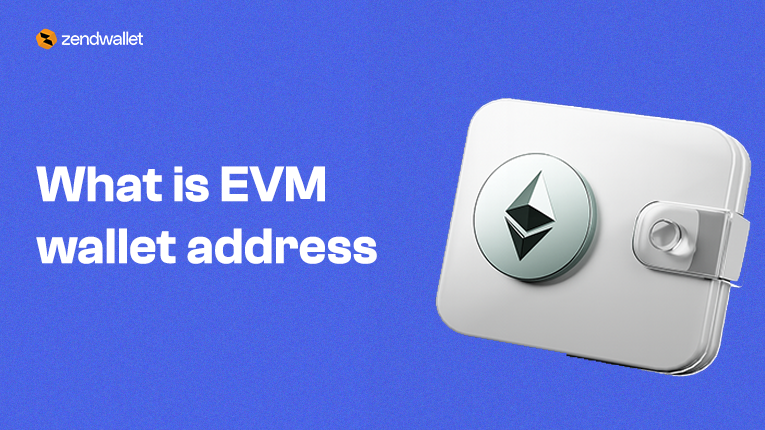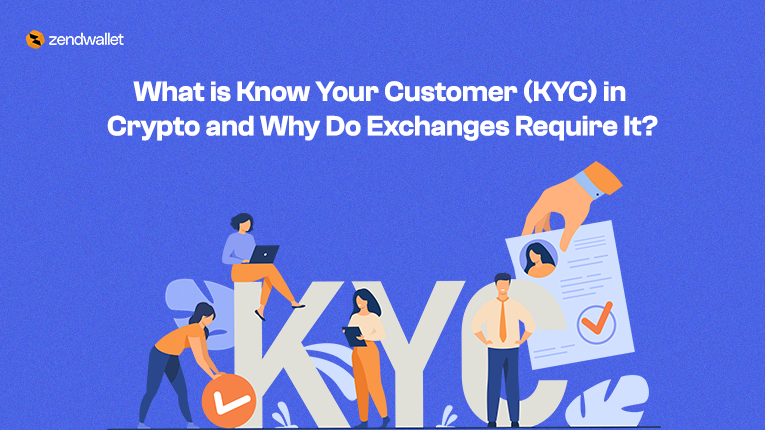Scaling a crypto exchange business is both a thrilling opportunity and a significant challenge. With global crypto adoption exceeding 580 million users and trading volumes reaching record highs, the need for robust, high-performance platforms has never been more urgent. Drawing on years of experience in digital assets, exchanges that embrace scalability, security, and liquidity consistently stand out.
To scale effectively, an exchange must be built on a resilient architecture capable of handling spikes in transaction volumes with speed and reliability. This involves leveraging modern cloud infrastructure, optimizing database systems, and deploying low-latency trading engines. But technology alone is not sufficient.
A steadfast commitment to regulatory compliance and risk management is essential. Integrating strong KYC/AML safeguards builds trust with users, attracts institutional clients, and opens doors to international expansion. To stay ahead, it is also vital to evolve continuously, introducing features such as margin trading, staking, and DeFi integrations, while maintaining tight cybersecurity to protect user assets.
Scaling a crypto exchange is not merely about growth; it is about building a resilient, future-ready platform that delivers value, trust, and seamless performance. In this guide, you’ll find actionable strategies to help your exchange thrive in today’s fast-moving crypto market.
Understanding the Crypto Exchange Market
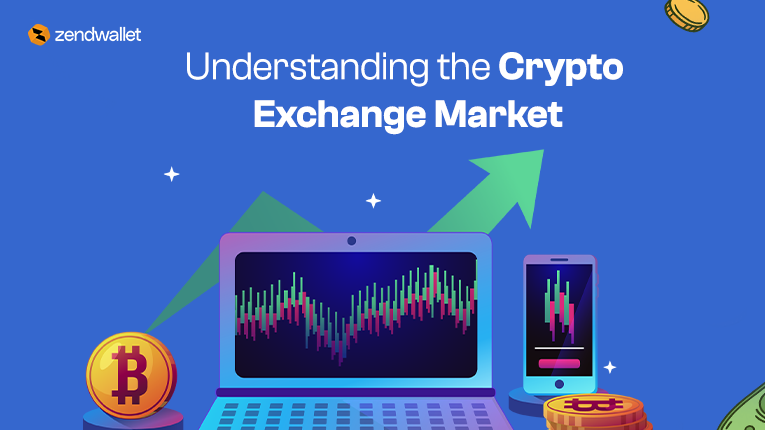
The cryptocurrency exchange ecosystem is highly dynamic and competitive. To scale successfully, you must understand both the market trends and user expectations. Exchanges are generally divided into centralized and decentralized types:
Centralized Exchanges (CEXs): These are user-friendly, with high liquidity and advanced trading features. Examples include Binance, Coinbase, and Kraken. They handle custody of funds but require strong security protocols.
Decentralized Exchanges (DEXs): These provide greater privacy and direct peer-to-peer transactions. They generally have lower liquidity and slower transaction speeds, but appeal to users who value privacy.
Key points to focus on in this landscape:
User segmentation: Identify your target users such as retail traders, institutional investors, or niche communities. Understanding their needs helps in designing the right features and user experience.
Market trends: Track popular trading pairs, token launches, DeFi integrations, and NFT trends to keep your platform competitive.
Technological evolution: Innovations like Layer 2 solutions, AI-driven trading bots, and blockchain interoperability influence exchange design and scalability.
Understanding these aspects ensures your platform is not only functional but also positioned to capture the right audience as it scales.
Key Challenges in Scaling a Crypto Exchange
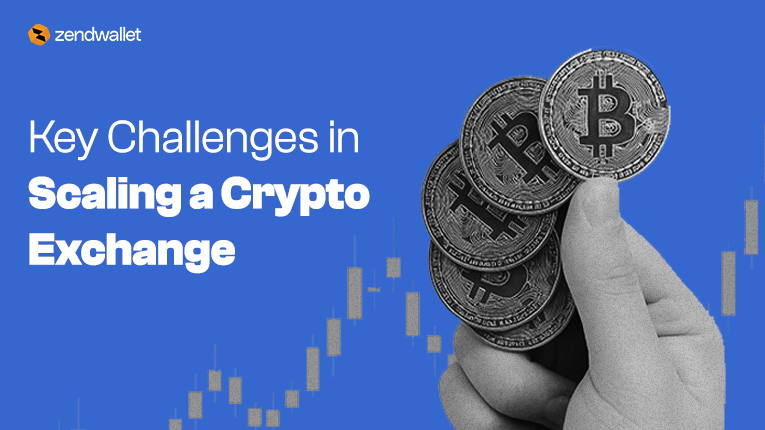
Scaling introduces specific challenges that must be addressed strategically:
Regulatory complexity: Each country has different KYC, AML, and reporting requirements. Ignoring compliance risks, legal penalties, and operational shutdowns.
Cybersecurity threats: Exchanges are prime targets for hackers. Vulnerabilities in wallets, APIs, or smart contracts can lead to significant financial loss.
Infrastructure strain: Increased users and transaction volume can slow down your platform or cause outages.
User trust: Without a solid reputation, even technically advanced platforms struggle to retain users.
Overcoming these challenges requires forward-thinking planning, investment in technology, and proactive risk management.
How to Scale a Crypto Exchange Business
The foundation of a scalable crypto exchange is a robust infrastructure capable of handling high traffic and complex transactions without downtime.
Cloud-native architecture: Using AWS, Google Cloud, or Azure provides flexibility, automatic scaling, and global coverage. It ensures that your platform can handle sudden spikes in traffic.
Microservices architecture: Separates the platform into independent services—trading engine, wallets, user authentication, and payment gateways—allowing each module to scale independently.
Low-latency trading engines: Ensure that order matching happens in milliseconds to meet high-frequency trader expectations.
Distributed deployment: Implement load balancing, redundancy, and failover systems to maintain uptime and avoid service disruptions.
A strong infrastructure ensures your exchange can grow without sacrificing performance or reliability.
Enhancing Liquidity and Market Depth
Liquidity is critical for user satisfaction and operational efficiency:
Liquidity aggregation: Integrate with multiple exchanges or liquidity providers to reduce spreads and improve order fulfillment.
Market maker programs: Incentivize professional traders to maintain continuous buy and sell orders, ensuring the market remains active.
Diverse trading pairs: Offer a variety of crypto assets, including stablecoins, major cryptocurrencies, and emerging tokens to attract a wider audience.
Promotions and incentives: Discounts on trading fees or rewards for active traders can stimulate trading volume and liquidity.
By building deep markets, your exchange becomes more attractive to both retail and institutional traders.
Ensuring Security and Compliance
Trust is the backbone of any crypto exchange. Users must feel confident that their funds are safe and that the platform complies with regulations:
- Wallet security: Use multi-signature wallets, cold storage, and real-time monitoring to safeguard assets.
- Transaction monitoring: Implement AI-based tools to detect suspicious behavior or unusual transaction patterns.
- Regular security audits: Engage independent auditors to identify vulnerabilities and maintain transparency.
- Regulatory compliance: Follow global KYC/AML standards and adapt your processes to local laws for each operating jurisdiction.
A secure and compliant exchange attracts more users and minimizes operational risks as you scale.
User Acquisition, Retention, and Engagement
A successful exchange must acquire users and keep them engaged:
- Intuitive UI/UX: Simplify navigation for beginners while offering advanced tools for experienced traders.
- Streamlined onboarding: Quick registration, easy KYC verification, and clear tutorials reduce friction and improve conversion.
- Educational resources: Provide guides, webinars, and market insights to help users trade confidently.
- Referral and loyalty programs: Reward users for inviting friends or trading frequently, encouraging organic growth.
- Community building: Active forums, social media groups, and responsive support foster a loyal user base.
Engaged users are more likely to trade frequently, refer others, and remain loyal as your platform expands.
Global Expansion and Localization
crypto exchange business globally requires careful planning and adaptation:
Identify crypto-friendly markets: Target regions with favorable regulations and growing crypto adoption.
Local fiat integration: Allow users to deposit and withdraw in their local currency to simplify trading.
Language and cultural adaptation: Offer localized interfaces and support to improve accessibility and user experience.
Partnerships: Collaborate with local banks, payment processors, and regulatory consultants to streamline operations.
Global expansion broadens your user base and revenue potential while diversifying risk.
Diversify Product Offerings
Offering multiple services enhances competitiveness:
Derivatives and futures trading: Attract advanced traders seeking leveraged positions.
Staking and yield products: Enable users to earn passive income from holdings.
Crypto lending and borrowing: Introduce DeFi-like features within a secure, centralized platform.
Mobile trading apps: Provide seamless trading on the go with responsive, secure mobile applications.
Diversification encourages user retention and opens new revenue streams.
Streamlined Operations and Analytics
Efficient operations support scalable growth:
- Data-driven insights: Monitor metrics like trading volume, active users, retention rates, and latency to make informed decisions.
- Automation: Reduce manual effort in support, verification, and reporting.
- Performance monitoring: Track uptime, order matching speed, and system alerts to proactively resolve issues.
- Continuous improvement: Implement feedback loops and A/B testing to optimize platform performance.
Operational excellence ensures smooth scaling without sacrificing user satisfaction or system stability.
Also Read: What is the Best Cryptocurrency to Invest In?
Case Studies: Learning from Successful Exchanges
Looking at the strategies of leading exchanges reveals how to grow a platform into a market leader. While every business follows its path, there are key lessons ZendWallet can apply and, in some cases, is already implementing.
ZendWallet focuses on meeting the needs of Nigerian and African traders by delivering transparent rates, instant transactions, and a secure, user-friendly interface. By integrating fast crypto-to-fiat conversions, multiple payment gateways, and a wide range of supported assets, ZendWallet positions itself as a daily-use platform, not just a trading site. Its method prioritizes speed, trust, and accessibility, essential elements for sustainable growth across various markets.
Binance expanded globally by offering low fees, a vast list of tradable assets, and aggressive marketing. Its adaptability to local markets allowed it to serve both beginners and advanced traders worldwide.
Coinbase built a reputation for trust by prioritizing regulatory compliance and security. The platform’s clean design and regulated status have made it a preferred choice for both retail users and large institutions.
Kraken is known for its security-first approach and operational stability, establishing credibility in mature markets such as the U.S. and Europe, and attracting a loyal user base.
These examples and ZendWallet’s ongoing strategy show that scaling a crypto exchange requires a deliberate mix of solid infrastructure, trust-building measures, liquidity depth, and user experience that adapts to the needs of different audiences.
Conclusion: Building a Sustainable and Scalable Crypto Exchange
Scaling a crypto exchange is not a one-time task, it is a continuous process. By integrating high-performance infrastructure, strong security, liquidity strategies, regulatory compliance, and user-focused features, your platform can handle growth sustainably.
Staying agile, monitoring emerging trends, and continuously enhancing your platform ensures long-term success in the competitive crypto market. With strategic planning and operational excellence, your exchange can achieve robust growth while earning trust and loyalty from users worldwide.
Also Read: Top 10 Best Cryptocurrency Exchanges in Ghana for 2025

